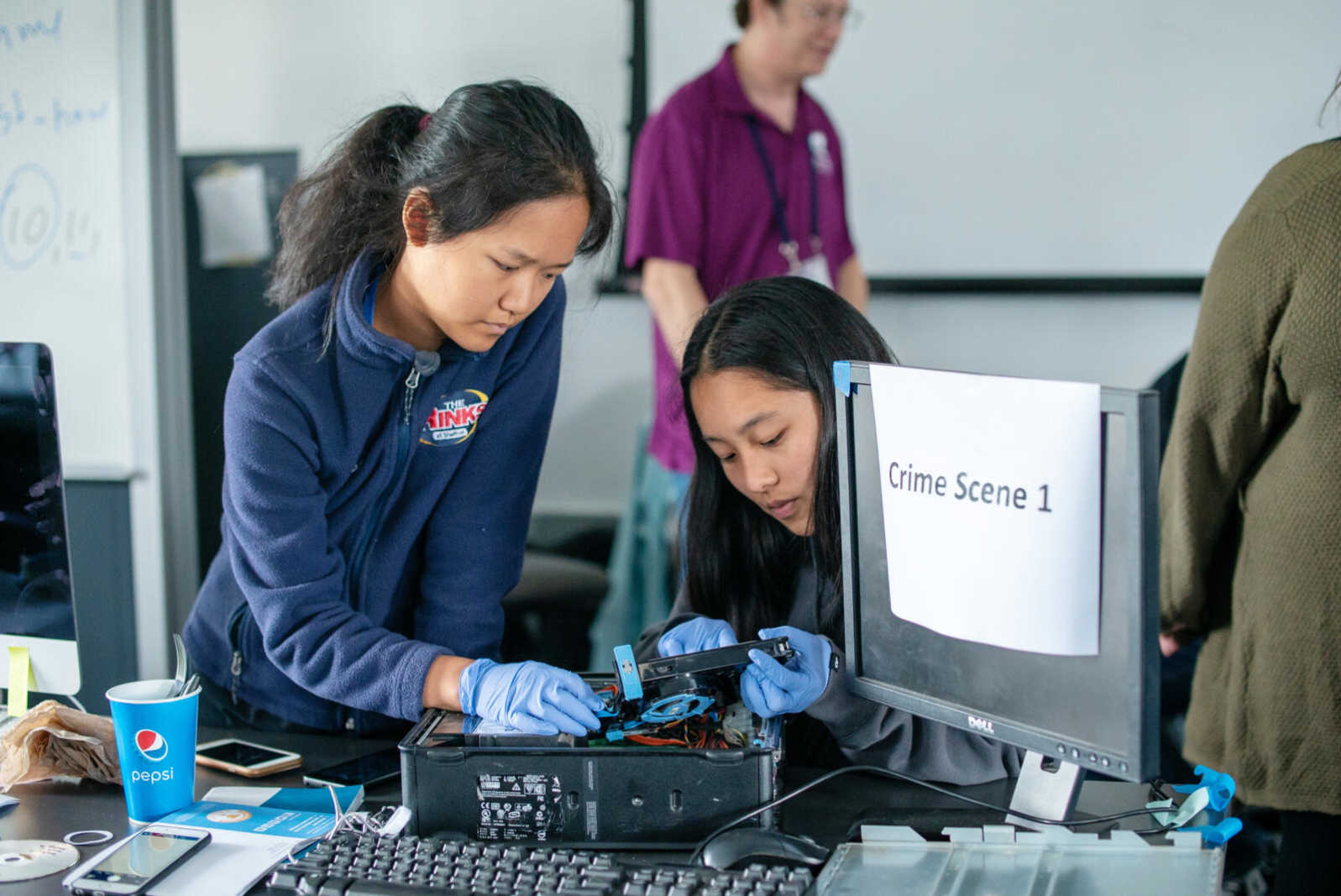Cyber School

A United States Coast Guard facility was attacked in 2019. Its monitoring systems, cameras, and doors all stopped working. The facility shut down for 30 hours. The source of the attack? An employee had opened an email and clicked the link inside. The link contained malware, a type of software designed to damage computer networks.
Cyberattacks are becoming more common. There are many different types. For instance, attackers can use ransomware to block a user’s access to his or her data. The data is returned if the victim pays a fee.
A U.S. government agency works to protect the country’s computer networks from these attacks. It’s called the National Security Agency, or NSA. “The financial sector, manufacturing sector, banking, health care, energy, transportation—they all rely on having sound cybersecurity,” Diane M. Janosek, of the NSA, told TIME for Kids.
But the NSA has a problem: There aren’t enough people trained to do cybersecurity. To address the shortage, the NSA and the National Science Foundation sponsor cybersecurity camps for elementary, middle, and high school students through a program called GenCyber.
Next Generation
The first GenCyber camps opened in 2014. By 2020, there were some 150 of them around the country. All are free for students to attend.
Ibrahim Baggili runs a camp at the University of New Haven, in Connecticut. There, students learn the basics of programming using Python, the coding language favored by many hackers. They also learn about cyber forensics and defense for computer networks.
In one activity, students investigate a crime scene—a computer where malicious, or intentionally harmful, code was used. Physical clues lead them to a phone number. When they call the number, they’re given a Twitter account. Finally, they must decrypt a message posted to the account. To decrypt a coded message means to make it readable.
“Cybersecurity is not a stagnant thing,” Baggili says. “Every day, you’re going to be facing a different challenge. Someone is going to attack you, and you’ll have to defend yourself.”
This article was originally published in TIME for Kids on February 21, 2020.


